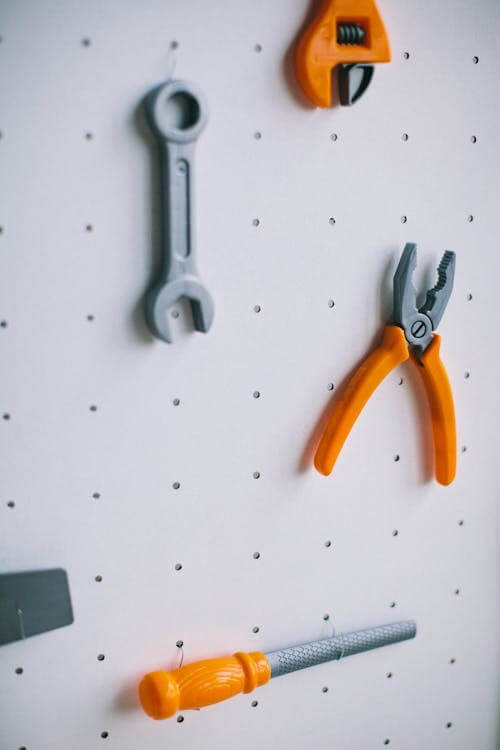What Are the Different Types of Pliers and Their Uses?

Pliers are among the most versatile and indispensable tools found in almost every toolbox, workshop, and household. Their unique design allows for gripping, bending, twisting, and cutting various materials, making them invaluable for a wide range of tasks. In this article, we’ll delve into the different types of pliers available and their respective uses, providing insight into the diverse applications of these essential tools.
Exploring the Variety and Versatility of Pilers
1. Combination Pliers:
Combination pliers, also known as lineman’s pliers or combination cutting pliers, are among the most common and versatile types of pliers. They feature a serrated jaw for gripping and a cutting edge near the pivot point for snipping wires and small nails. Combination pliers are widely used in electrical work, construction, automotive repair, and general household tasks.
2. Diagonal Cutting Pliers:
Diagonal cutting pliers, also referred to as wire cutters or diagonal pliers, have sharp, angled jaws designed to cut wires, cables, and other materials close to the surface. They are commonly used in electrical work, jewelry making, and wire fencing installation.

3. Long-Nose Pliers:
Long-nose pliers, also known as needle-nose pliers or pointy-nose pliers, feature long, tapered jaws that come to a fine point. This design allows for precise gripping, bending, and manipulating of small objects, wires, and components in tight or hard-to-reach spaces. Long-nose pliers are frequently employed in electronics repair, jewelry crafting, and fine mechanical work.
4. Bent-Nose Pliers:
Bent-nose pliers, as the name suggests, have jaws that are bent at an angle near the tips. This angled design provides improved access to confined spaces and allows for better visibility when working in tight areas. Bent-nose pliers are commonly used in electronics assembly, model making, and intricate craftwork.
5. Wire Stripping Pliers:
Wire stripping pliers, also known as wire strippers or insulation strippers, feature specially designed jaws with notched blades for safely removing insulation from electrical wires. They come in various configurations, including manual and automatic, and are widely used in electrical and electronic applications for preparing wires for connections.
6. Slip-Joint Pliers:
Slip-joint pliers, sometimes called adjustable pliers, feature jaws with multiple grooves or positions that allow for variable opening widths. This adjustable feature enables them to accommodate a wide range of materials and sizes, making them versatile tools for gripping, twisting, and bending. Slip-joint pliers find applications in plumbing, automotive repair, and general maintenance tasks.
7. Locking Pliers:
Locking pliers, also known as Vise-Grips or mole grips, feature a mechanism that allows them to lock onto objects and maintain a firm grip without constant pressure from the user. This locking feature makes them ideal for clamping, holding, and securing objects in place during welding, soldering, or gluing processes.
Conclusion:
In conclusion, the wide variety of the plier available reflects their versatility and adaptability to a multitude of tasks across various industries and applications. Whether you’re cutting wires, gripping small objects, stripping insulation, or holding components in place, there’s a type of pliers specifically designed for the job. By understanding the different types of pliers and their respective uses, you can ensure that you have the right tool for every task at hand, enhancing efficiency, precision, and safety in your work
